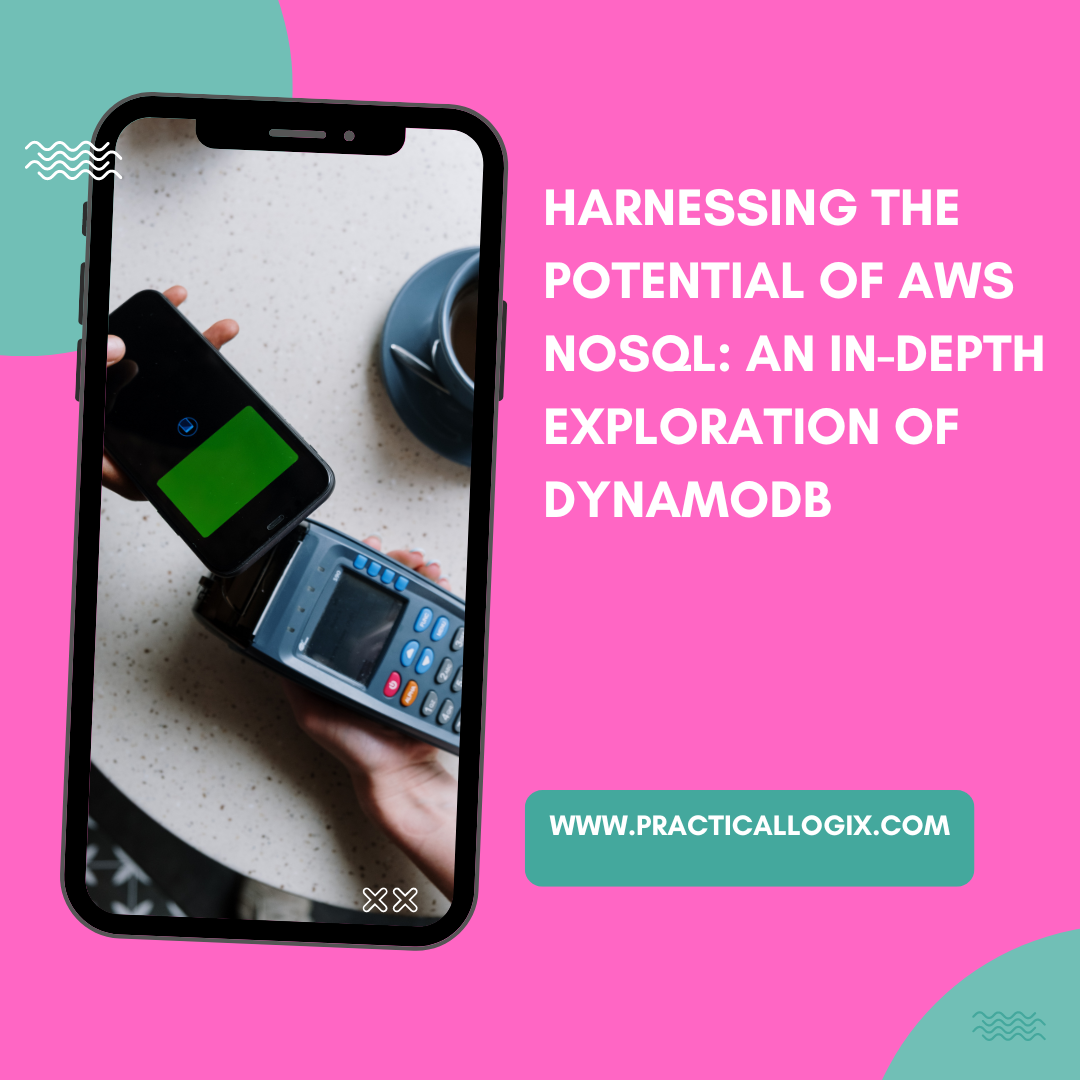Harnessing the Potential of AWS NoSQL: An In-Depth Exploration of DynamoDB

In the contemporary data-centric environment, conventional relational databases frequently encounter challenges in meeting the scalability and performance demands of present-day applications. NoSQL databases have emerged as a viable solution, providing adaptability and scalability for data storage and retrieval. Noteworthy among the prominent NoSQL databases is Amazon DynamoDB, recognized for its robustness and comprehensive management capabilities, facilitating the development of highly scalable and efficient cloud-based applications. This article delves into the essence of aws no sql, its advantages, and the pivotal role played by DynamoDB in revolutionizing database management practices.
Understanding AWS NoSQL
AWS NoSQL encompasses a variety of NoSQL database services within Amazon Web Services (AWS), delivering adaptable, scalable, and high-performance storage solutions for contemporary applications. Tailored to manage substantial amounts of unstructured or semi-structured data, these services are well-suited for applications like web and mobile apps, gaming, IoT, and real-time analytics. Amazon DynamoDB stands out as AWS's premier NoSQL database service.
Key Benefits of AWS NoSQL (DynamoDB)
-
Fully Managed Service: DynamoDB stands as a fully managed NoSQL database service, granting AWS the responsibility for provisioning, scaling, and infrastructure management. This allows developers to prioritize application development over database administration.
-
Scalability and Performance: DynamoDB is meticulously engineered for seamless scalability and top-tier performance, capable of processing millions of requests per second and storing petabytes of data. It dynamically adjusts its scaling based on demand, ensuring swift data access even at large scales.
-
Flexible Data Model: DynamoDB accommodates both document and key-value data models, providing versatility in storing and retrieving diverse data types. Developers can opt for single-item operations or batch operations to suit their specific use cases and performance needs.
-
Built-in Security and Compliance: DynamoDB features robust security measures, including encryption at rest and in transit, precise access control, and integration with AWS Identity and Access Management (IAM). It boasts compliance certifications like SOC, PCI, and HIPAA, catering to regulated industries.
-
Serverless Integration: DynamoDB seamlessly integrates with AWS serverless services like AWS Lambda, Amazon API Gateway, and AWS AppSync, empowering developers to construct serverless applications effortlessly. It also integrates with AWS Step Functions for orchestrating workflows and data processing pipelines.
Use Cases for AWS NoSQL (DynamoDB)
-
Web and Mobile Applications: DynamoDB is a suitable choice for empowering web and mobile applications that necessitate swift access to substantial data volumes, like user profiles, session control, and content management systems.
-
Gaming: DynamoDB is frequently integrated into gaming applications to store player data, game status, leaderboards, and in-game transactions. Its scalability and performance attributes render it perfect for managing the erratic traffic patterns in gaming applications.
-
IoT: DynamoDB stands out as a favored option for IoT applications that produce substantial quantities of time-series data, such as sensor readings, telemetry information, and device logs. Its capacity to manage high-throughput, low-latency data input makes it a fitting choice for IoT scenarios.
-
Real-time Analytics: DynamoDB can serve as a backend datastore for real-time analytics applications, empowering enterprises to assess streaming data and extract real-time insights. Its dynamic scalability allows for seamless management of fluctuating workloads.
Getting Started with AWS NoSQL (DynamoDB)
Getting started with AWS NoSQL (DynamoDB) involves a straightforward process that follows these steps:
-
Create a DynamoDB Table: Utilize the AWS Management Console, AWS CLI, or AWS SDKs to establish a DynamoDB table. Specify essential details like the table name, primary key attributes, and optional settings including provisioned throughput and encryption.
-
Insert Data: Populate your DynamoDB table by employing the PutItem API or BatchWriteItem API. Alternatively, import data from current sources using AWS Data Pipeline or AWS Glue.
-
Query and Retrieve Data: Access data from your DynamoDB table based on specific criteria using the Query or Scan API. Optimize data retrieval by utilizing secondary indexes for efficient querying.
-
Monitor and Manage: Keep track of the performance and status of your DynamoDB table through Amazon CloudWatch metrics and alarms. Enable auto-scaling to adjust provisioned throughput automatically based on usage patterns.
Conclusion
AWS NoSQL, powered by Amazon DynamoDB, delivers a robust and fully managed solution for constructing scalable and high-performance applications in the cloud. With its adaptable data model, seamless scalability, and integrated security functionalities, DynamoDB empowers developers to concentrate on creating pioneering applications without concerning themselves with the underlying infrastructure. Whether your focus is on developing web and mobile applications, gaming platforms, IoT solutions, or real-time analytics applications, AWS NoSQL (DynamoDB) furnishes the scalability, performance, and dependability essential for thriving in the digital era.
- Industry
- Art
- Causes
- Crafts
- Dance
- Drinks
- Film
- Fitness
- Food
- Spiele
- Gardening
- Health
- Home
- Literature
- Music
- Networking
- Other
- Party
- Religion
- Shopping
- Sports
- Theater
- Wellness
- News


